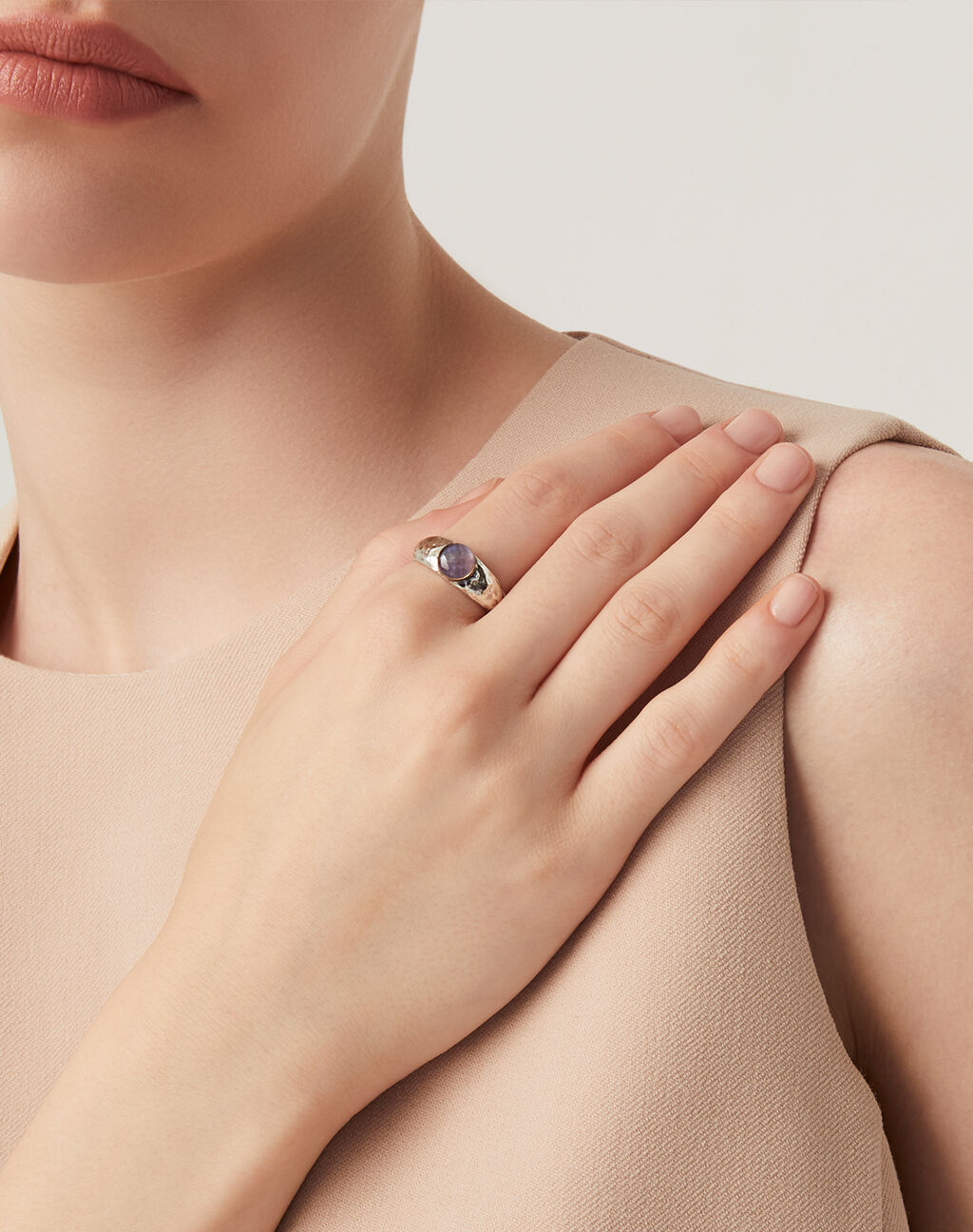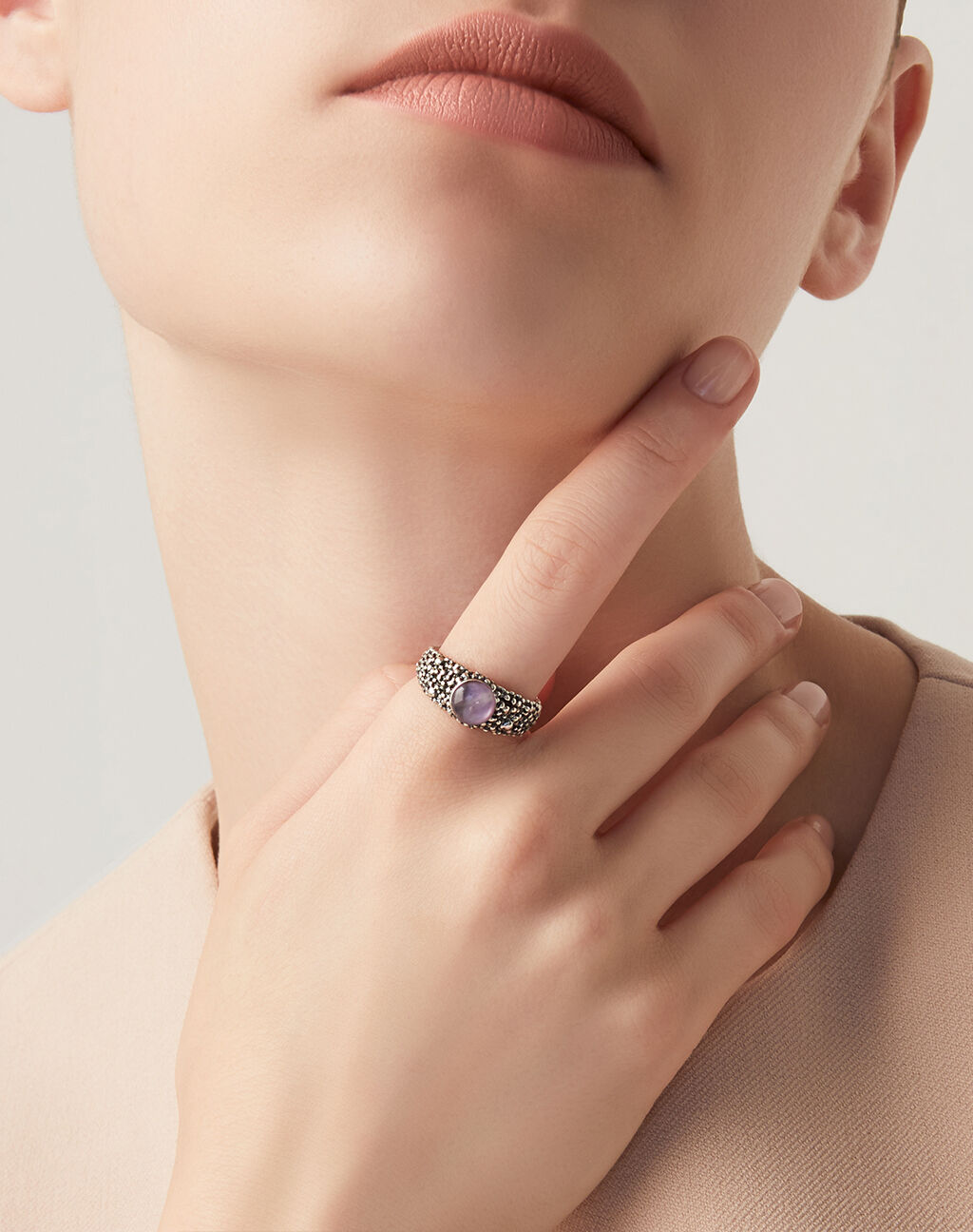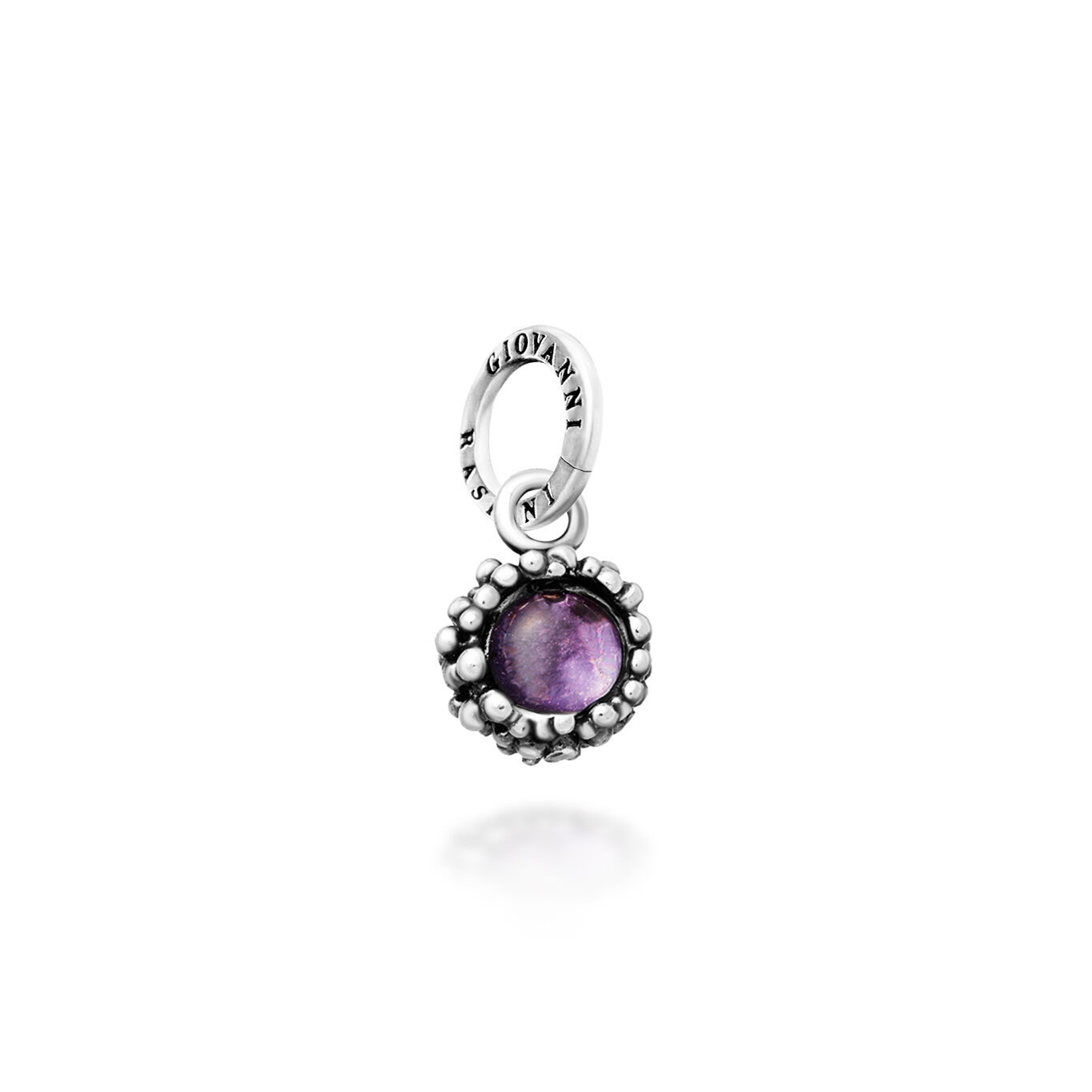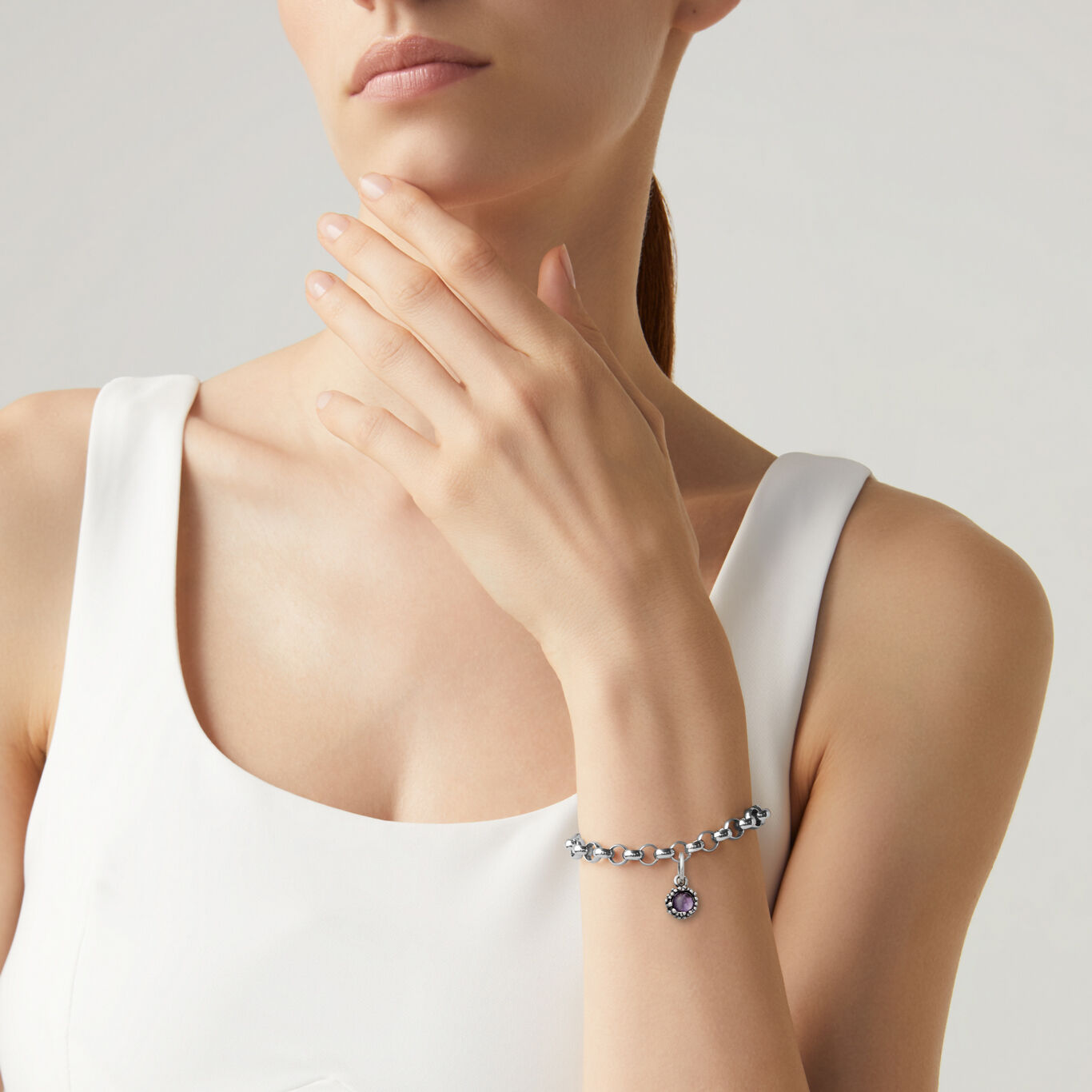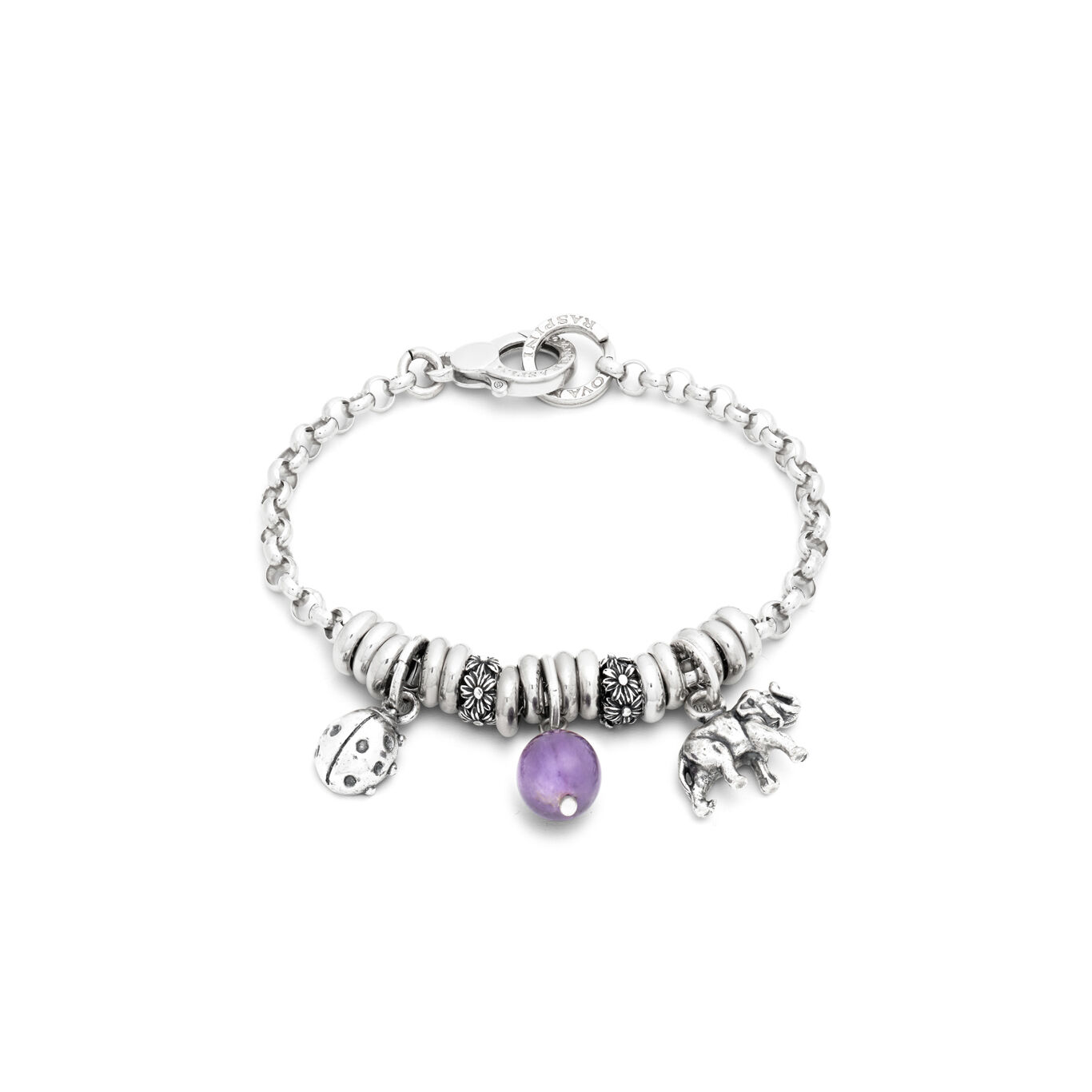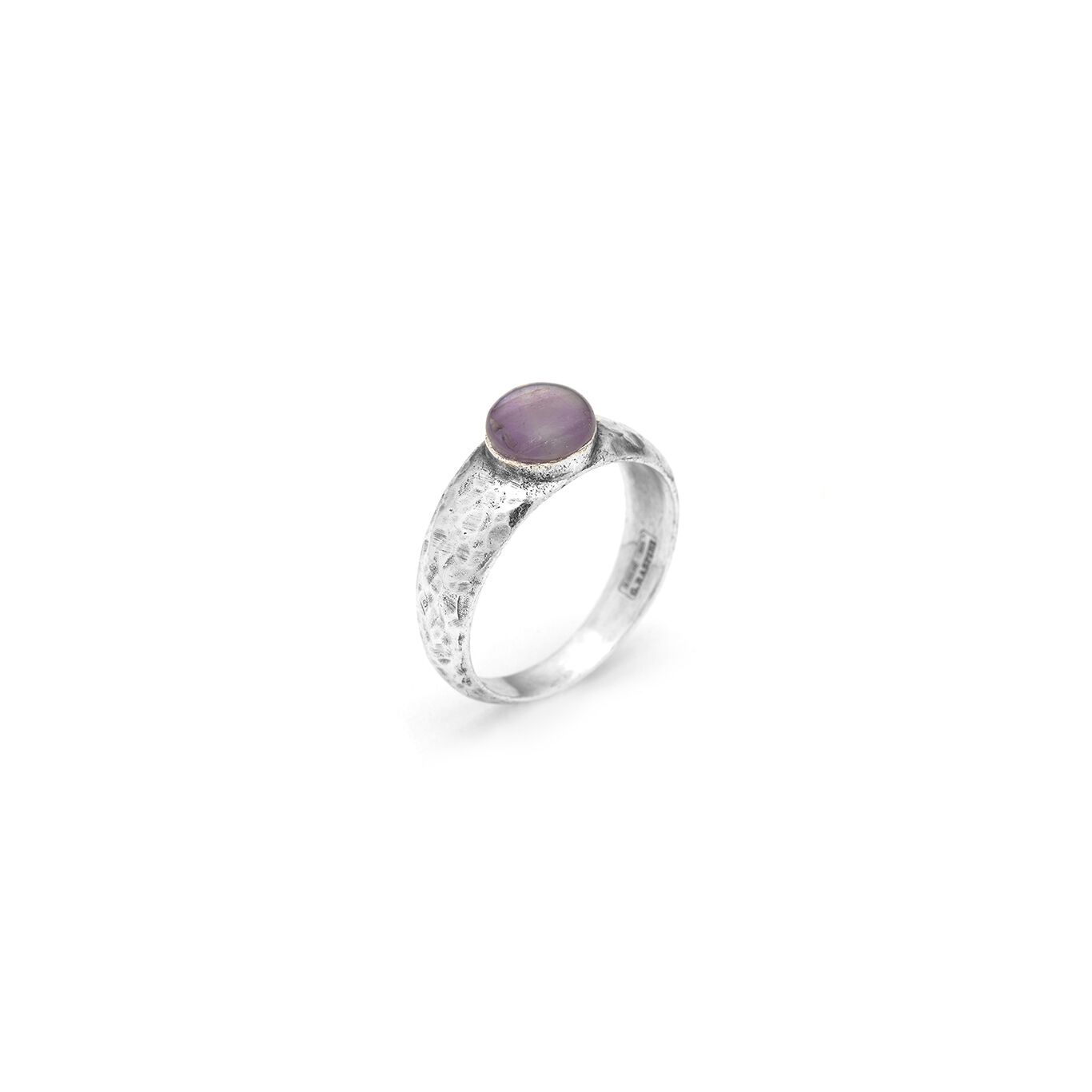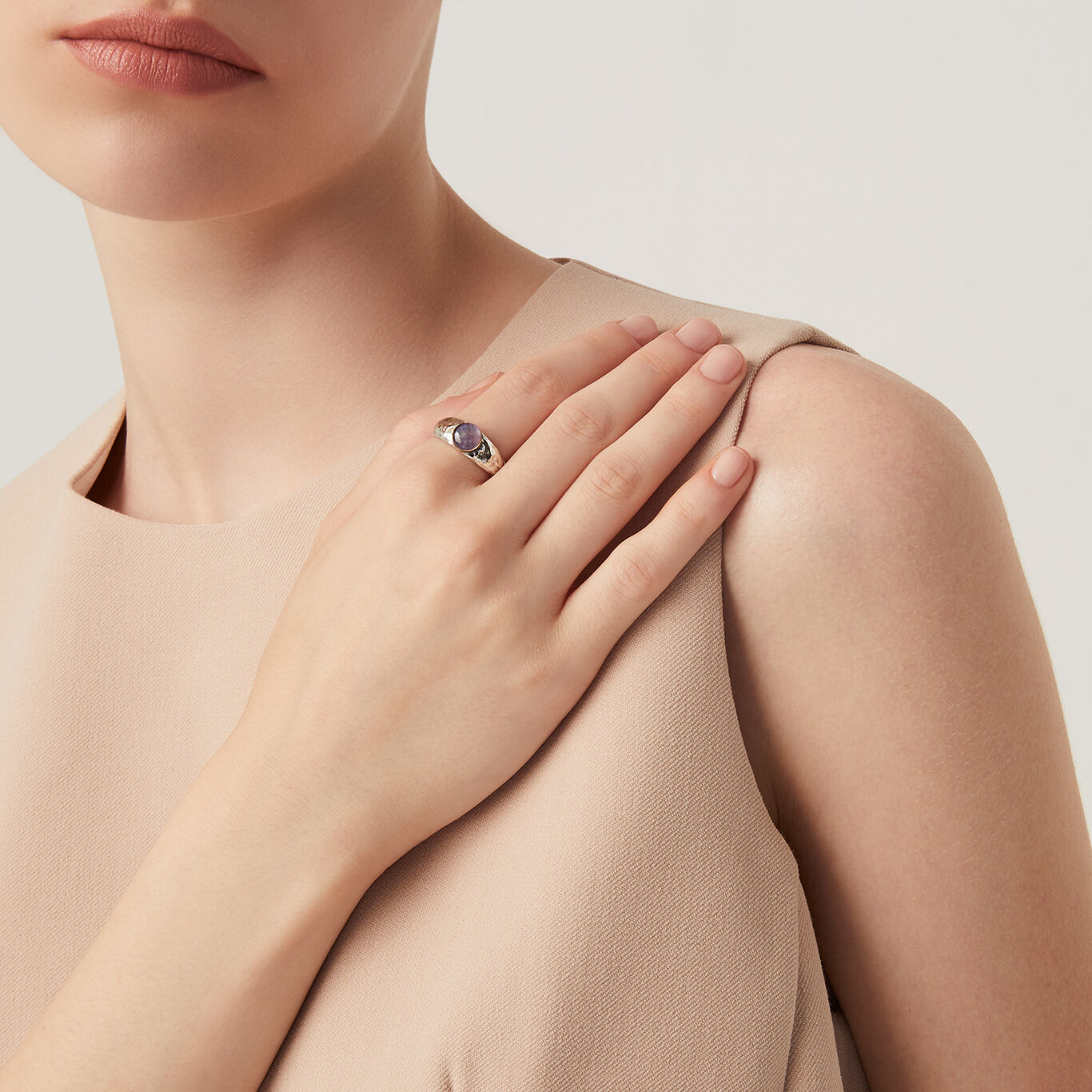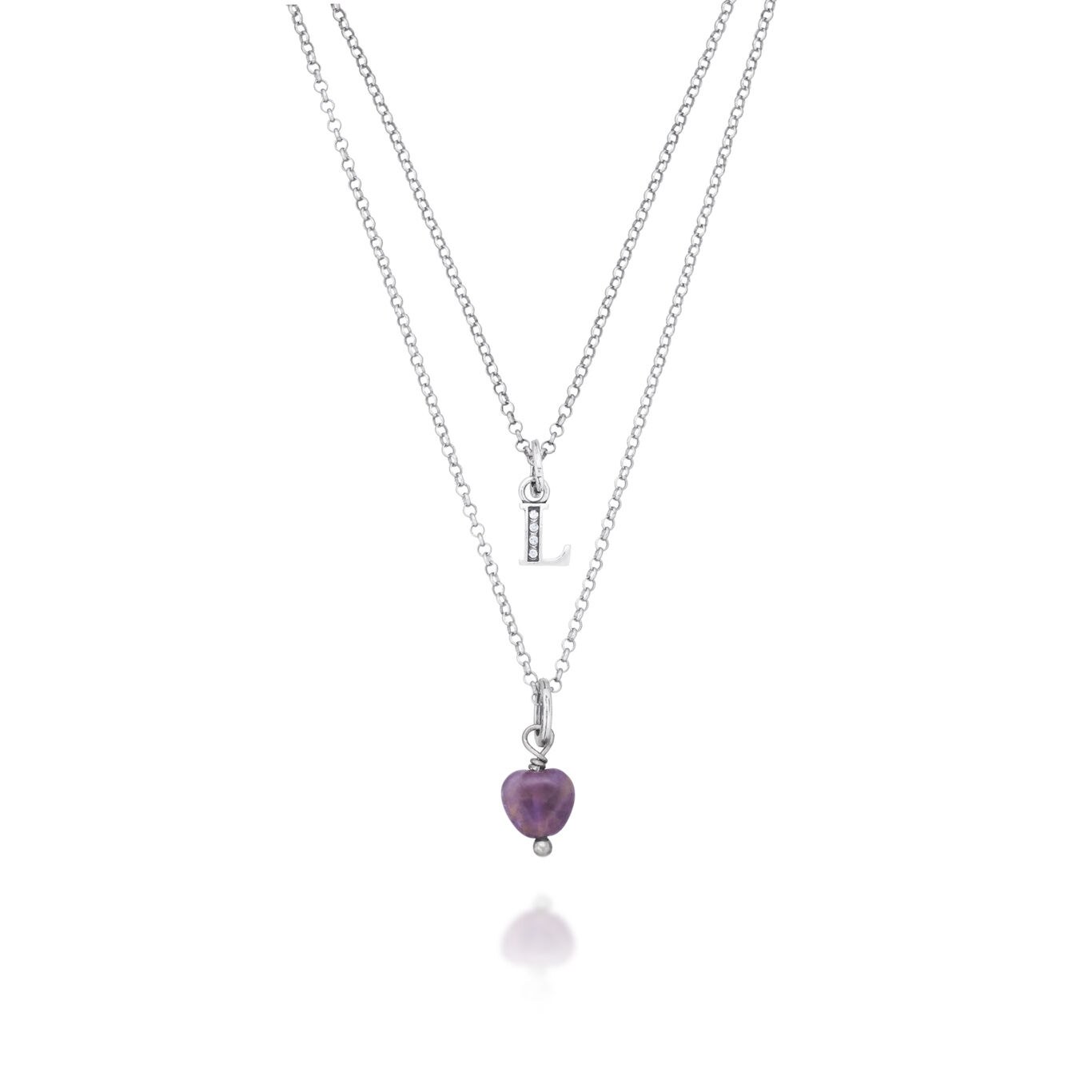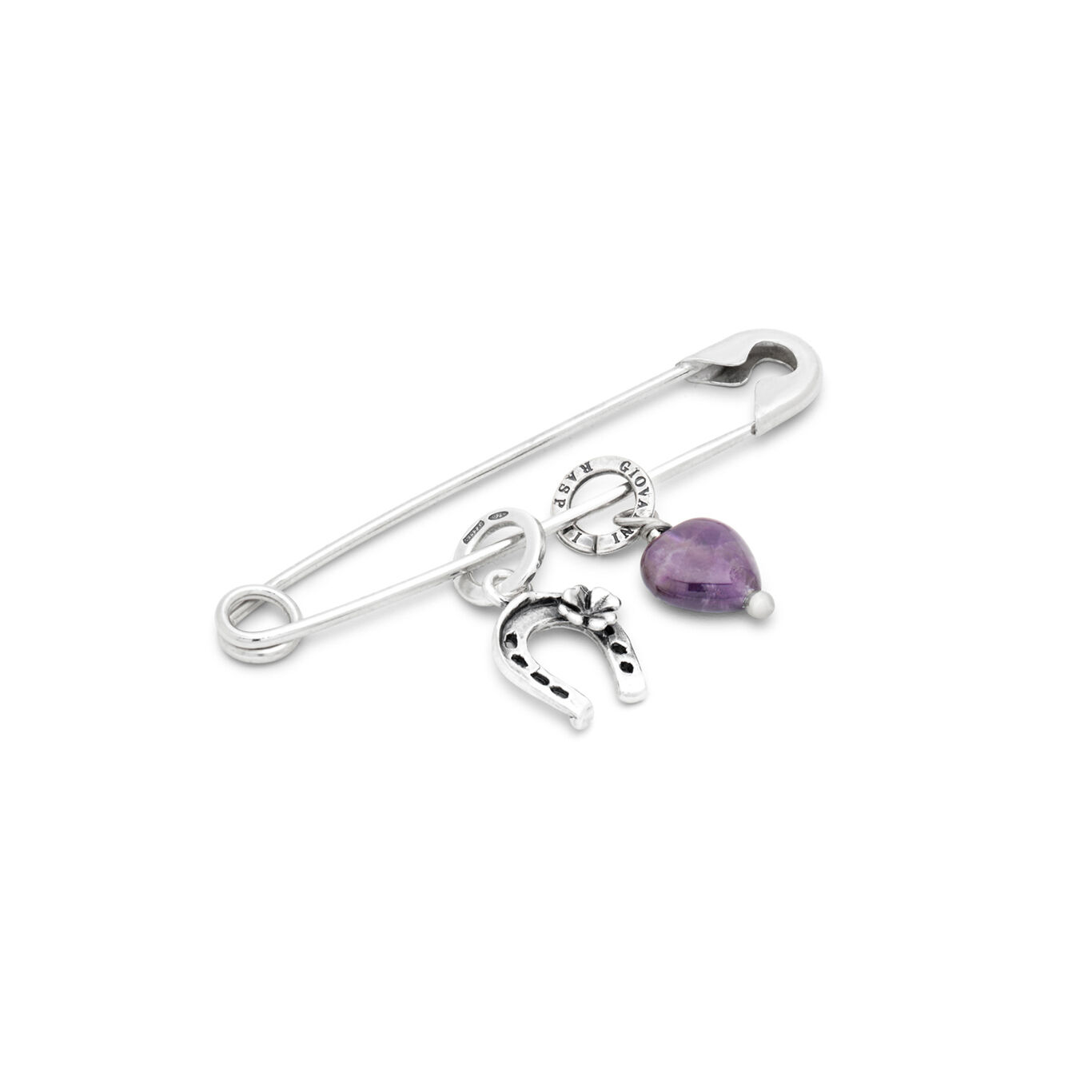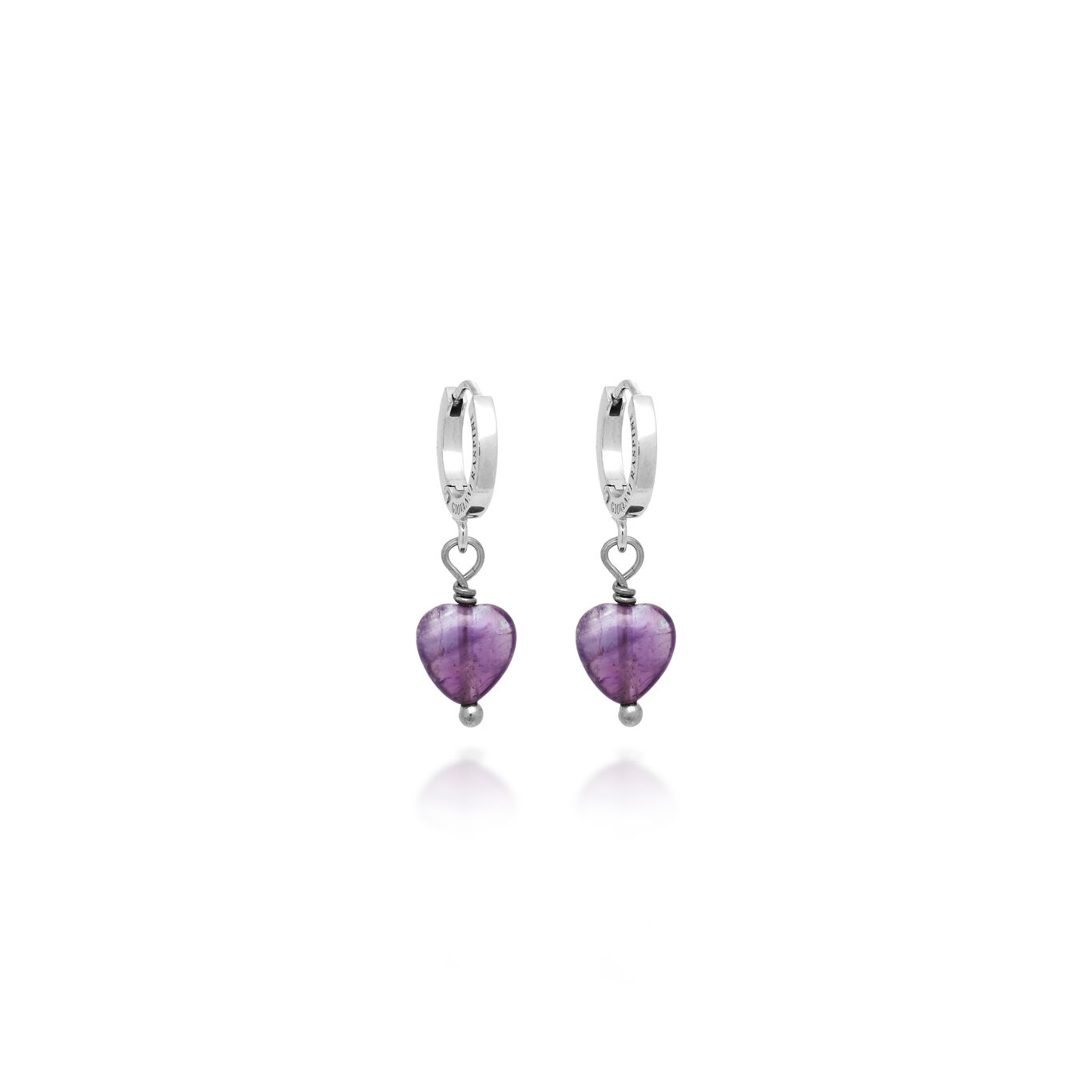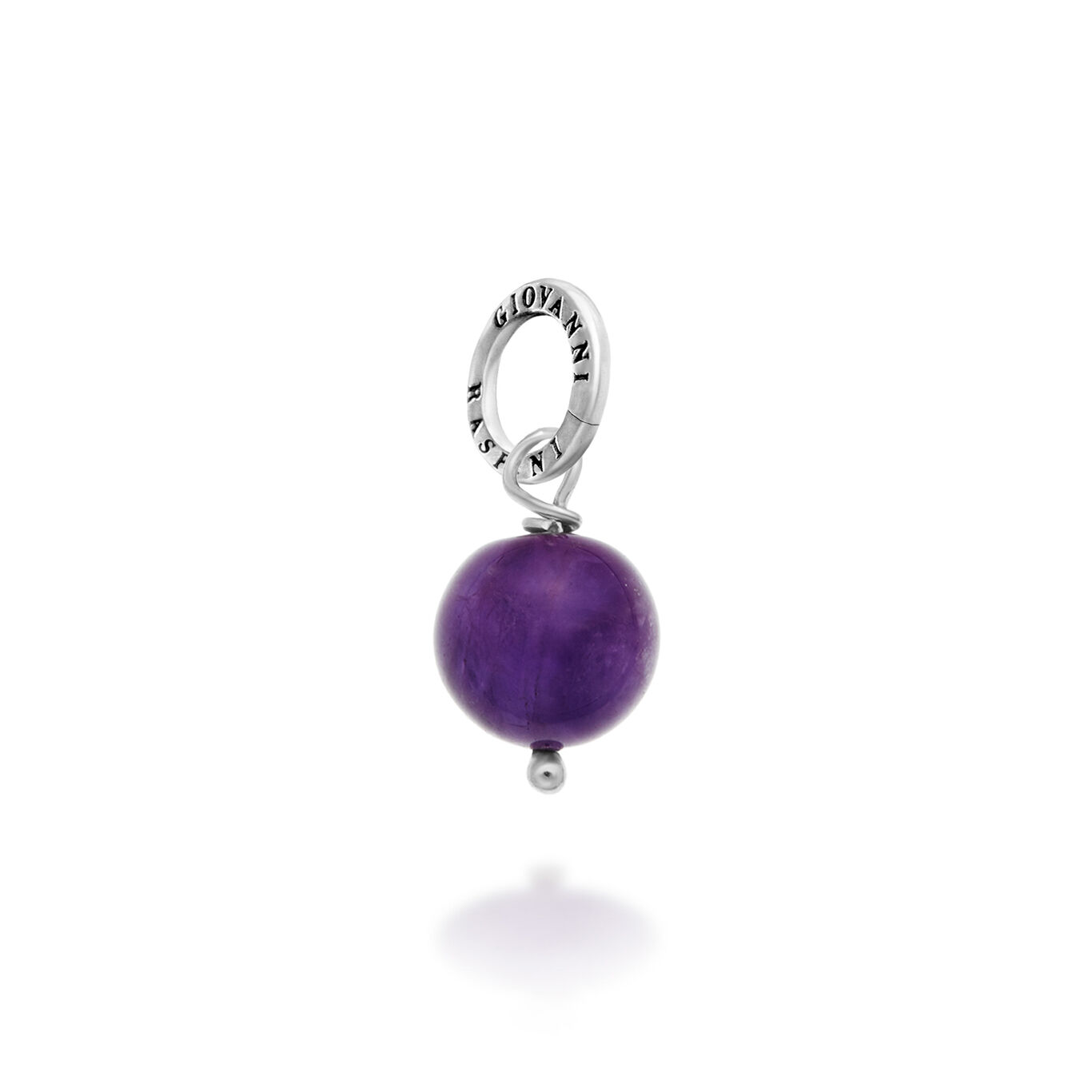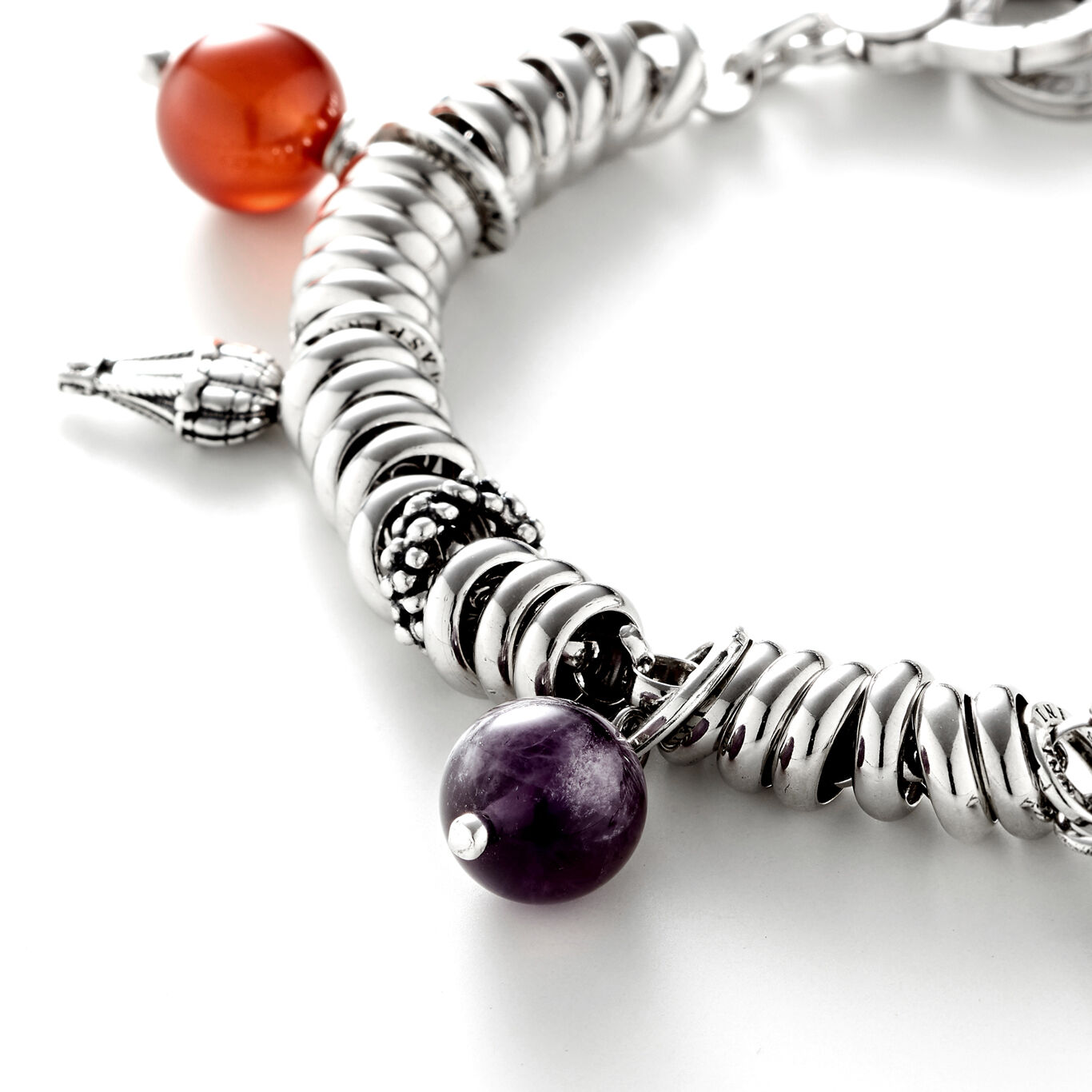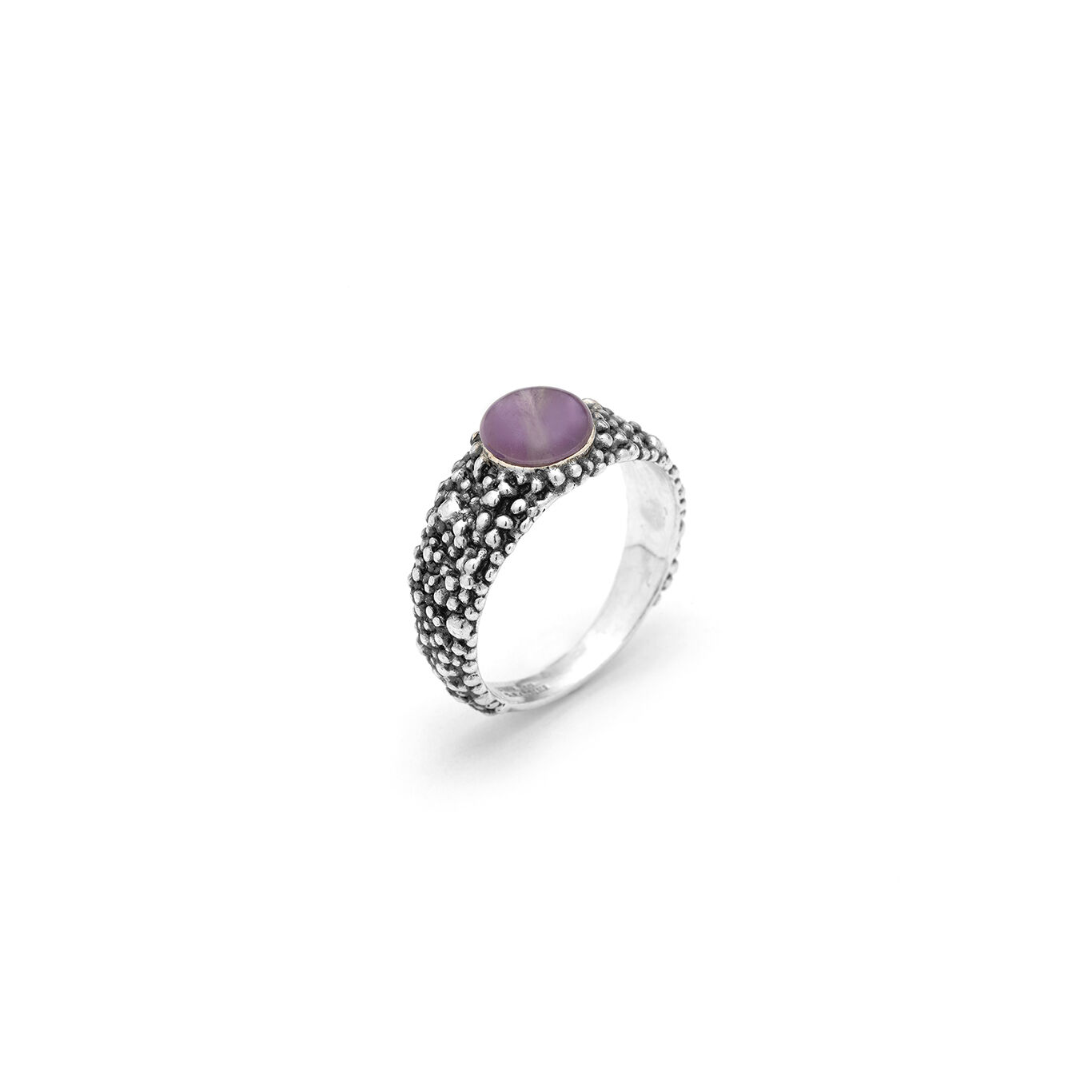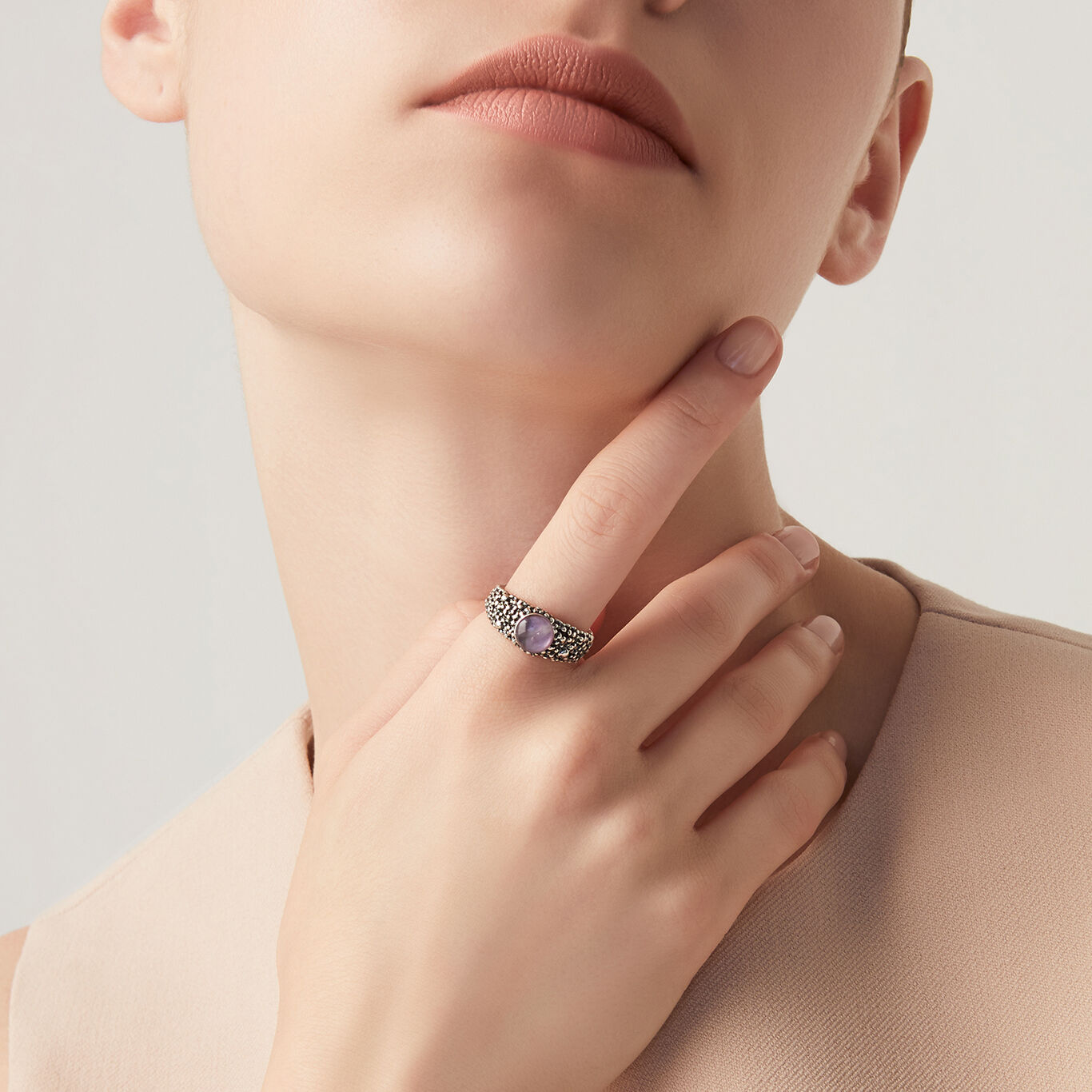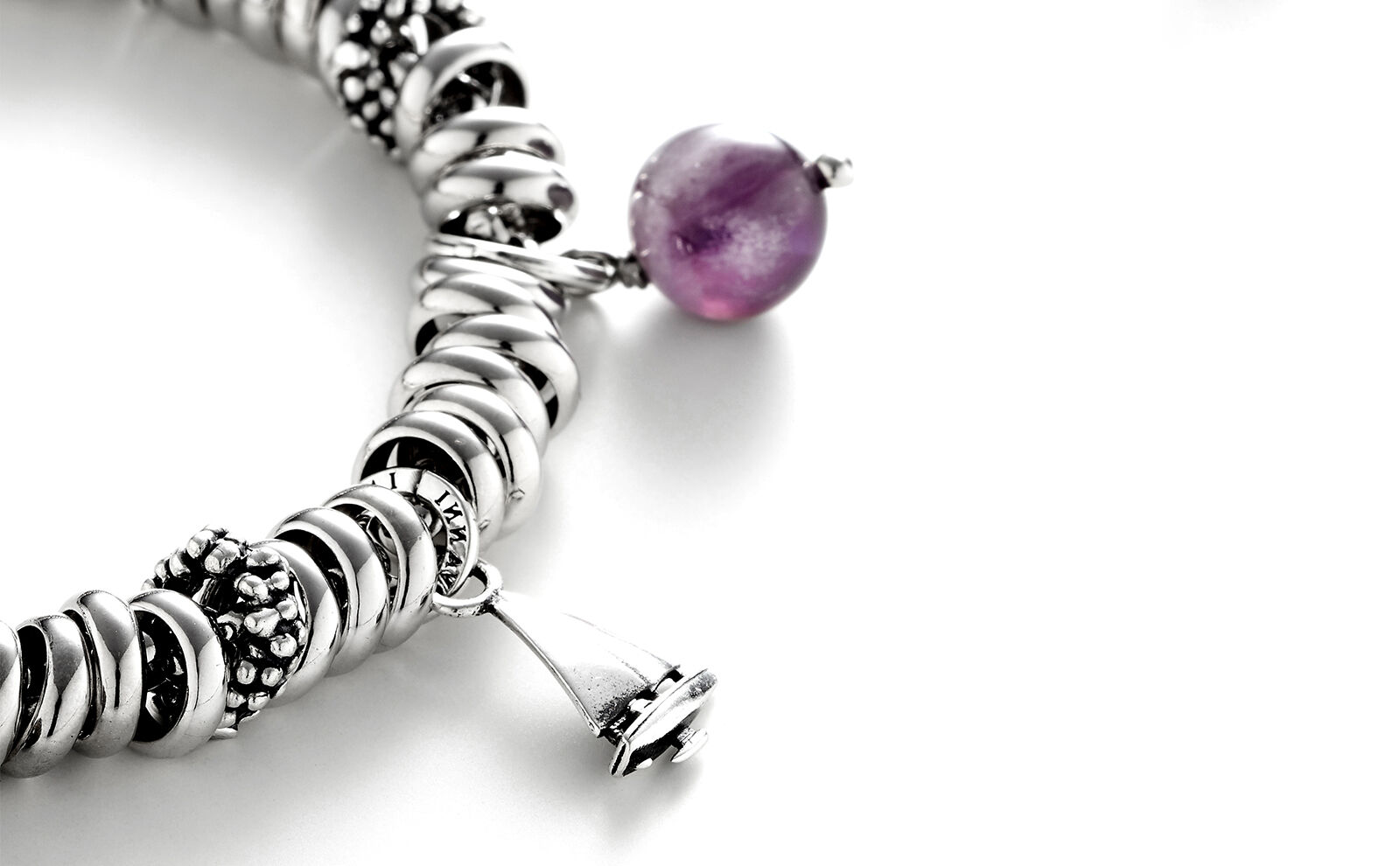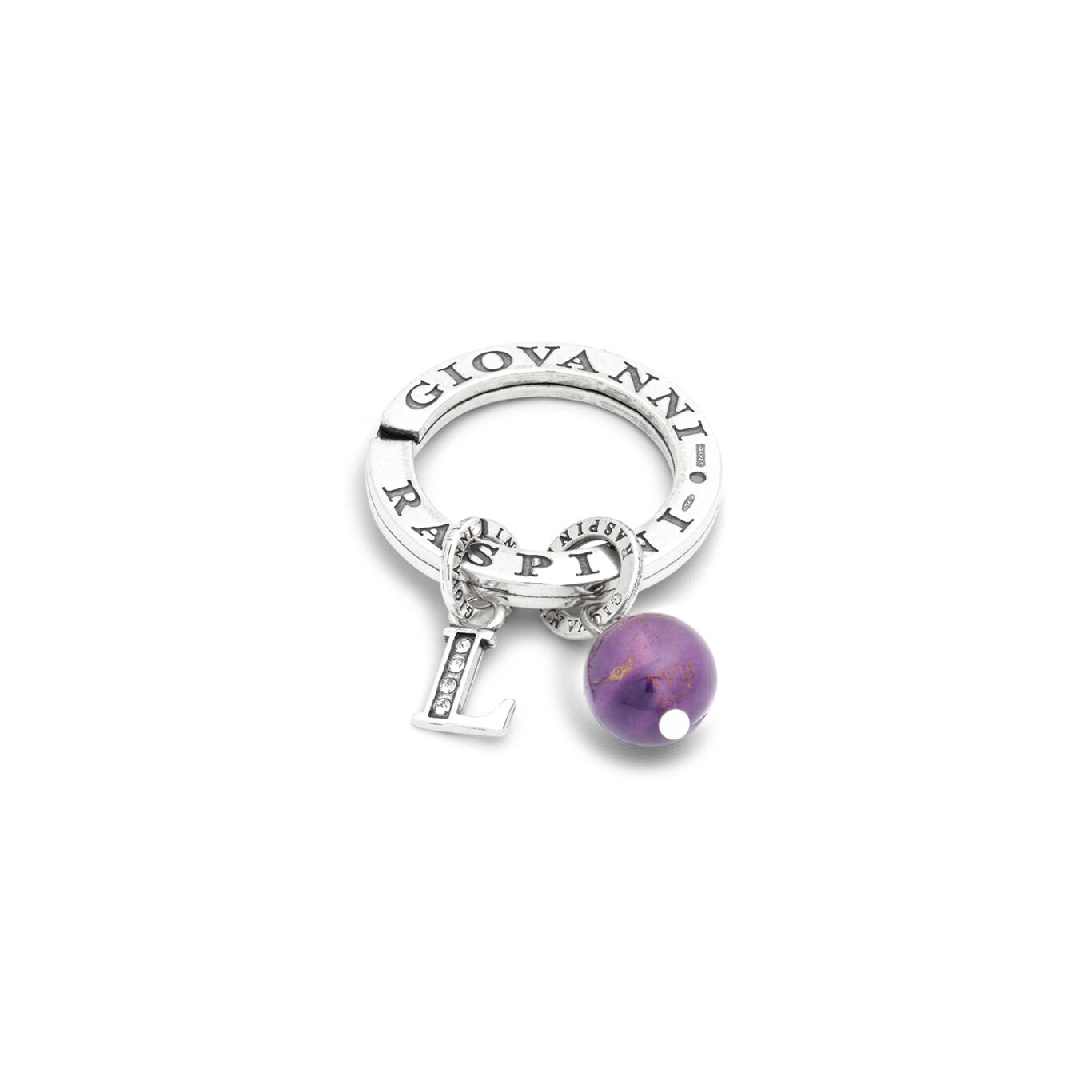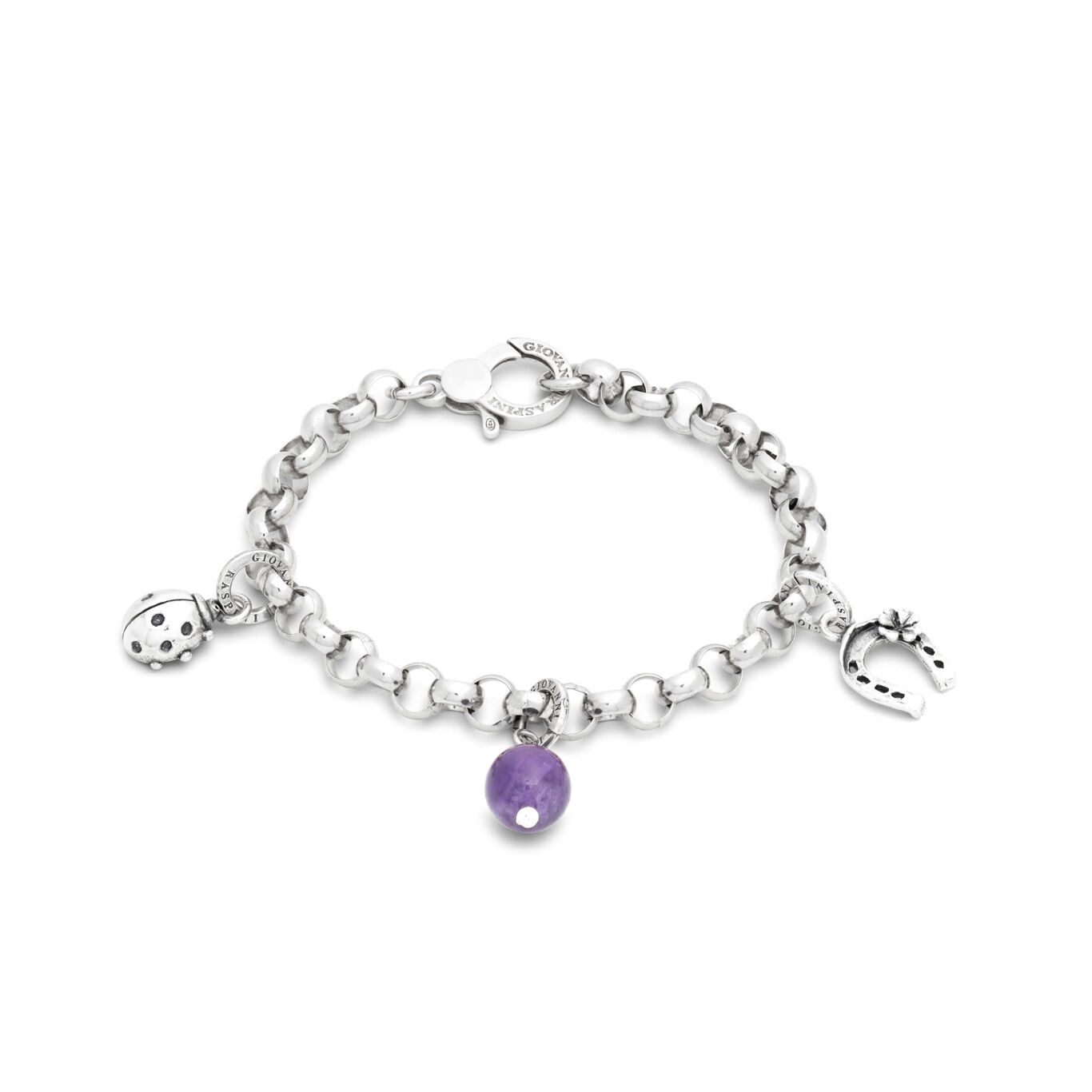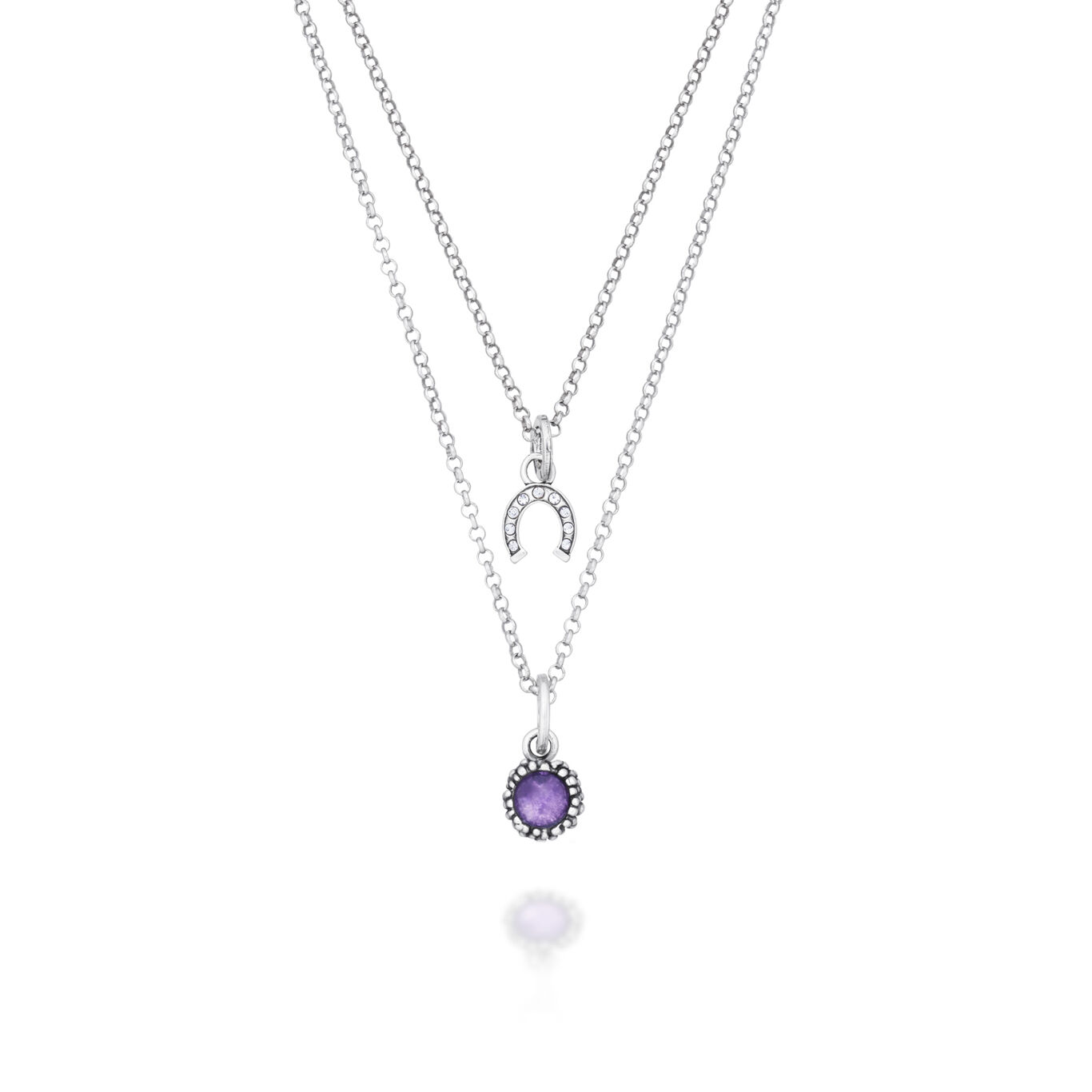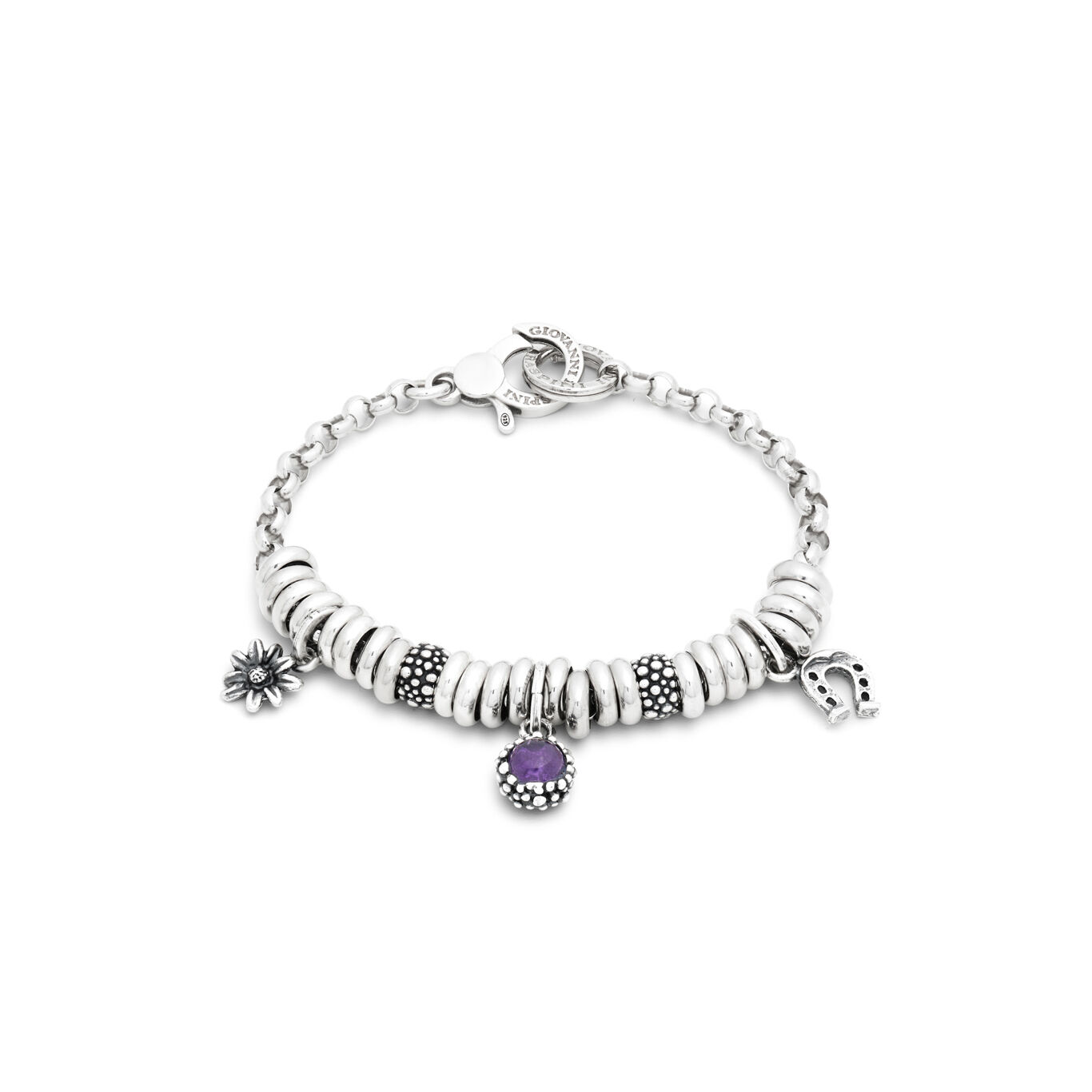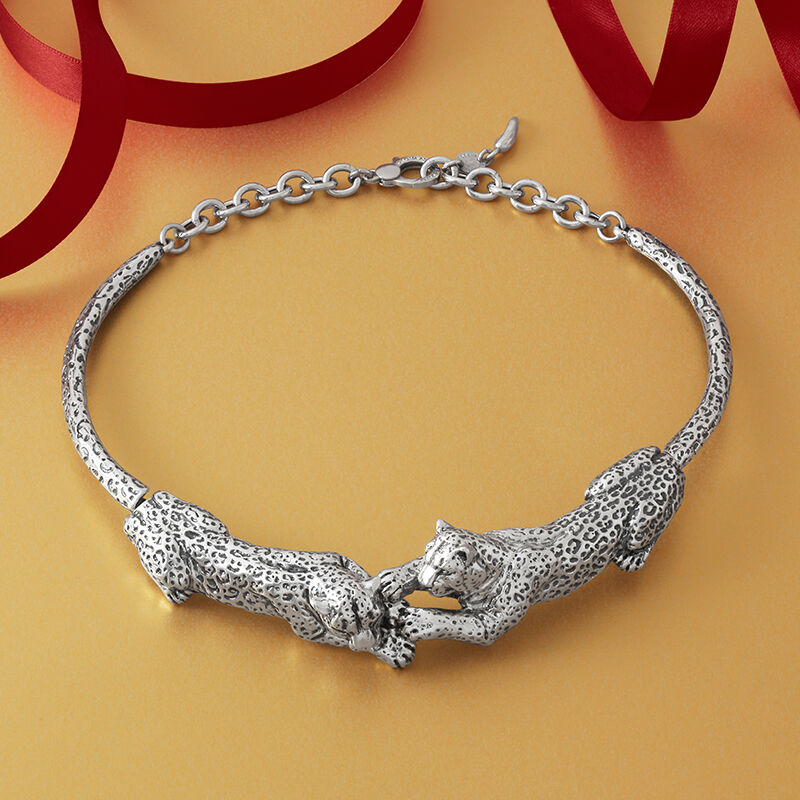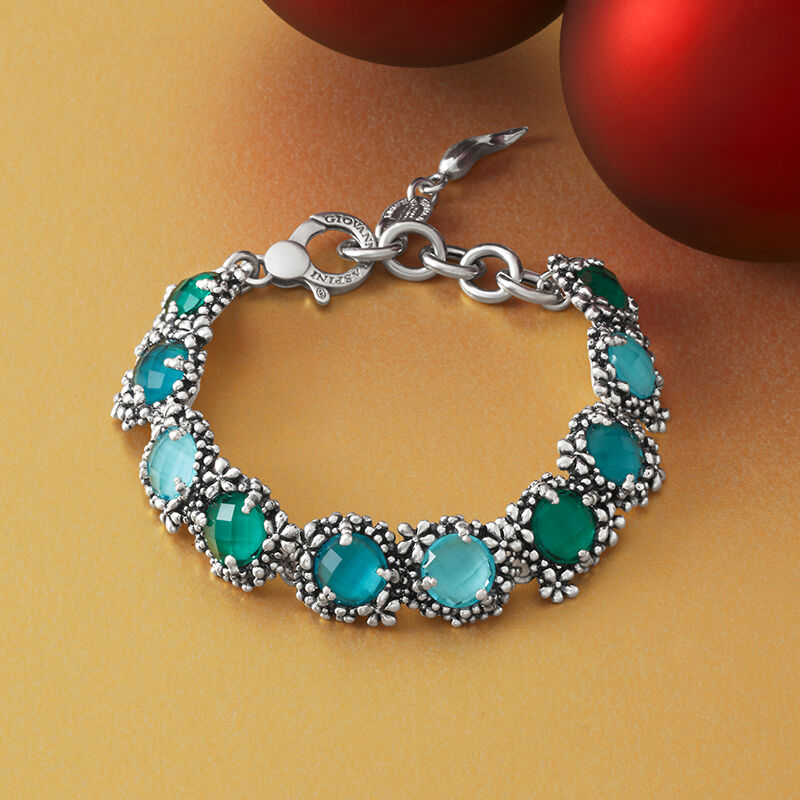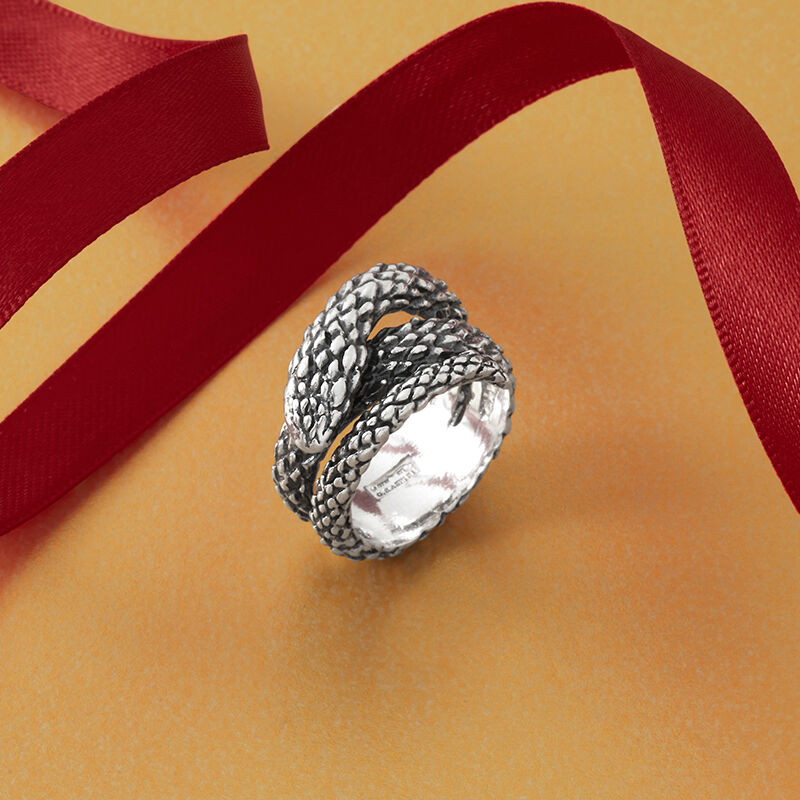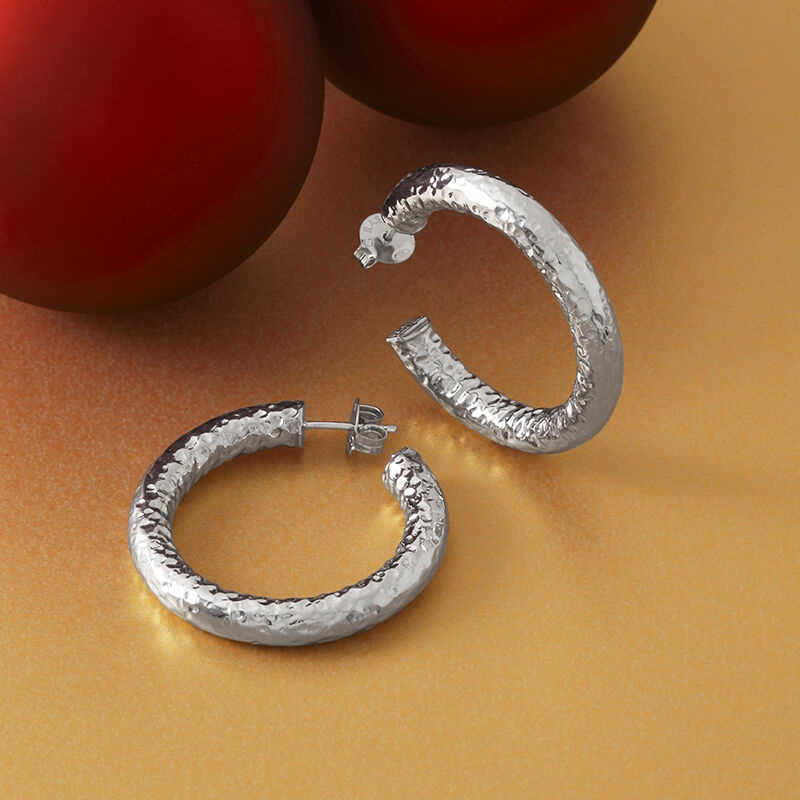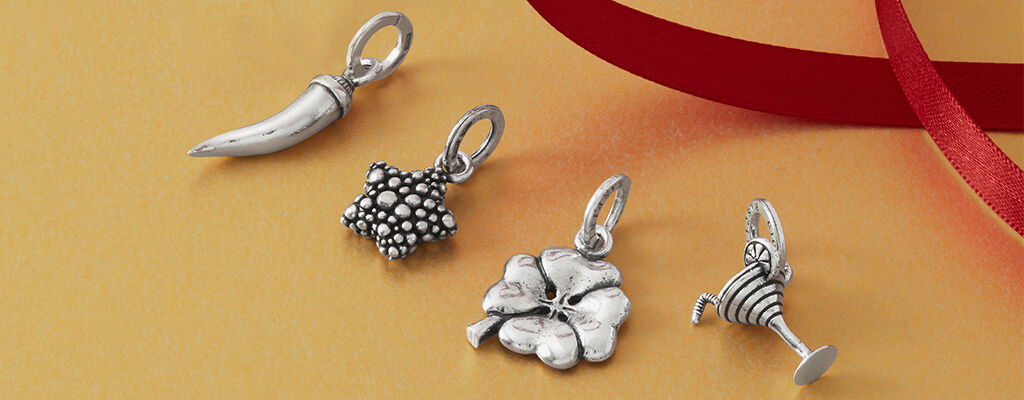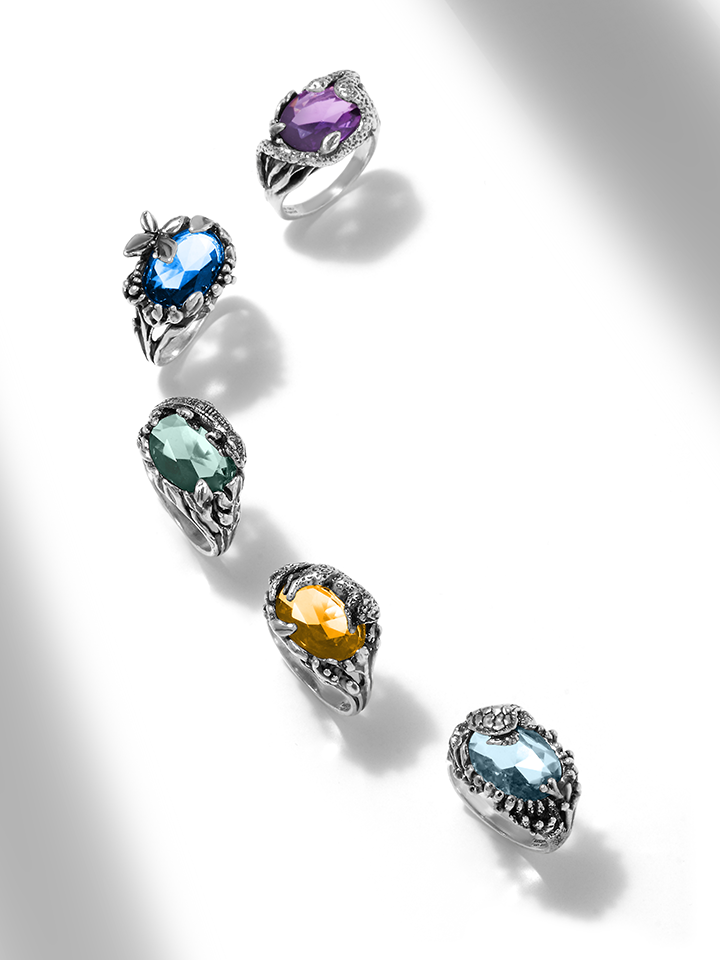Guide to Semi-Precious Stones: Characteristics, Symbolism, and Perfect Combinations
Thanks to their variety and versatility, semi-precious gemstones offer endless possibilities for creating captivating pieces of jewellery that suit every individual style. But what are semi-precious stones, and how do they differ from precious stones? In this helpful guide to discovering semi-precious stones, we answer some of the most common questions on the topic, highlighting their characteristics and symbolic meanings and recommending the best combinations to suit individual tastes.
The physical and chemical properties of amethyst
Used since antiquity as an ornamental element for headdresses, crowns, sceptres, collars and rings, amethyst has long been prized for its abundance in nature, hardness and strength, as well as its brilliance. It scores a 7 on the Mohs scale, which measures the hardness of minerals from 1 to 10. We therefore recommend storing amethyst jewellery in fabric bags to avoid any scratches from harder stones such as sapphires and diamonds.
In terms of physical properties, amethyst can exhibit varying degrees of transparency and a glassy shine, known as lustre in the technical language of jewellery, which gives it a brilliant and radiant appearance.
The chemical formula of amethyst is SiO2, a compound of bonded silicon and oxygen molecules, in which varying percentages of iron are present, imparting its wonderful purple hues.
The vibrant colours of amethysts
How many shades of amethyst are out there? Its spectacular hues range from delicate lilac to lavender and grape, right through to shades of violet with reddish and blue hues, and even dark purple leaning towards brown. Amethyst owes its diverse colour range to the presence of iron and trace elements in its crystals, as well as the unique geological conditions where it forms.
The significance of amethyst: between history and symbolism
Amethyst is a stone that has fascinated mankind for centuries, known for its beauty as well as its deep cultural and historical significance.
In ancient Greek and Roman times, amethyst was prized for its association with sobriety and mental clarity. The term "amethystos" comes from the Greek and means "sober", a reference to the legend of the nymph Amethyste. According to the myth, Amethyste was turned into a crystal by Artemis to escape the attentions of Dionysus, the god of wine. As revenge, Dionysus poured wine on the crystal, giving it its characteristic purple colour.
Thanks to these associations, amethyst has historically been worn by members of royal families and priests from different cultures, adorning robes and vestments as a symbol of protection and a positive auspice.
Today, this stone continues to be celebrated in jewellery for its extraordinary beauty and versatility. It adorns a wide range of jewellery, from pendants and bracelets to rings and earrings, embodying a timeless elegance that resonates with people seeking a touch of refinement and meaning in their accessories.
Discover Giovanni Raspini's amethyst jewellery: a flash of silver meets the luminous shine of amethyst, radiating a refined and mysterious elegance.
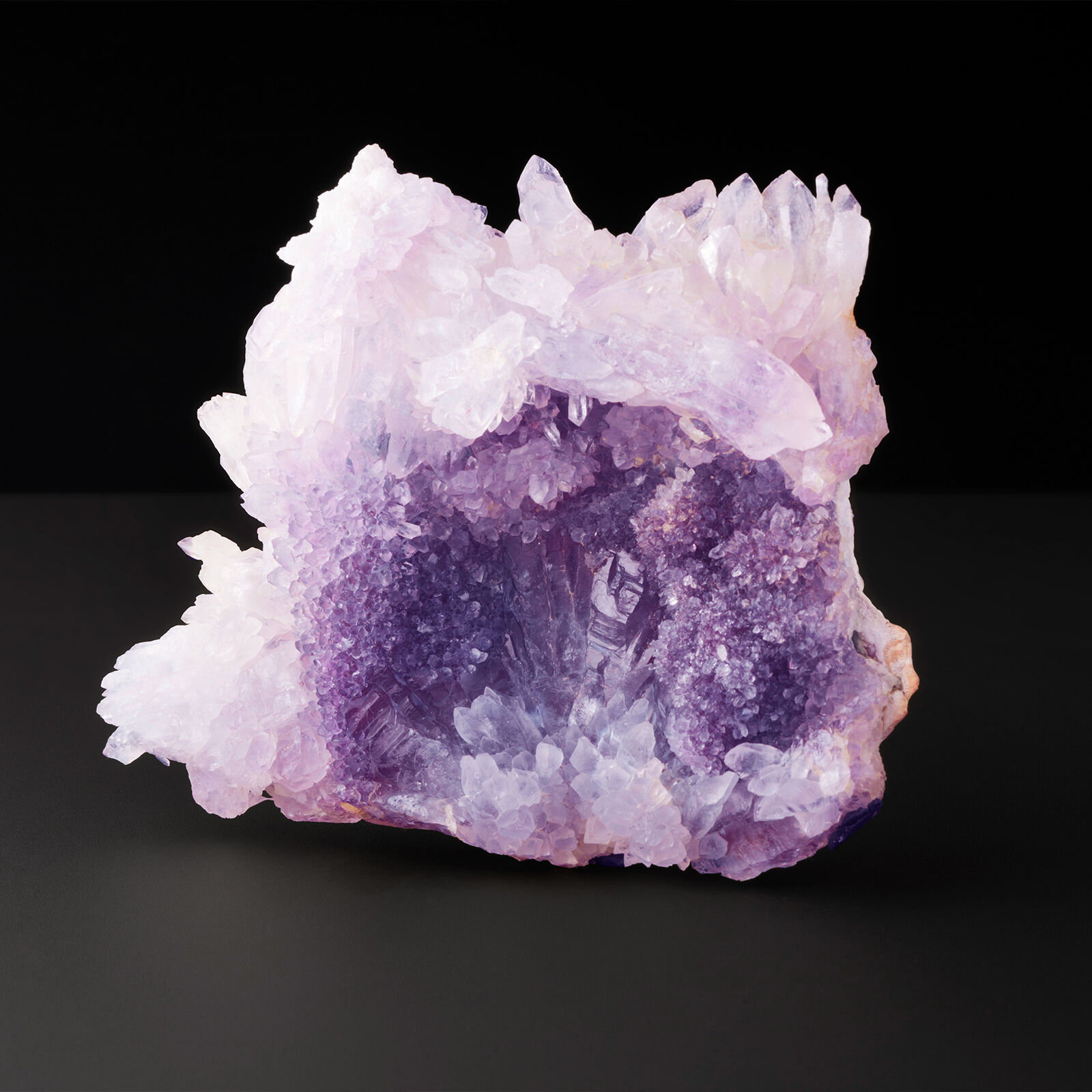

Types of amethyst: what are they and where do they come from?
Amethyst forms in different geological environments, such as volcanic rocks, hydrothermal veins and granite. These geological contexts promote the formation of geodes: hollow rock formations that may be home to beautiful amethyst crystals. Due to its abundance in nature, this variety of quartz is mined in numerous deposits around the world, including India, Madagascar, the United States, Central America, Brazil and even in some Italian regions such as Trentino, Piedmont, Tuscany and Sardinia.
The different varieties of amethyst often take their names from the geographical areas where they were extracted. Some of the most famous examples include the Deep Siberian, known for its deep purple, and Rose de France, characterised by its delicate pastel pink hue. Other varieties include the Uruguayan amethyst, with a deep purple streaked with fiery red, and the Zambian amethyst, which has a light purple centre with red and blue veins. There are also amethysts with green hues, such as those from the Rio Grande, or stones that include citrine quartz, which may incorporate purple, yellow and orange areas.
This diversity in terms of colours and types makes amethyst a particularly fascinating stone, capable of satisfying different jewellery tastes and preferences.
Amethyst jewellery: how to choose and wear your best pieces
Found in many stunning shades, amethyst is incredibly versatile and pairs beautifully with silver and gold jewellery.
To create harmonious combinations, it is useful to consider the colour of the stone. For example, a Rose de France amethyst, with its delicate pastel pink, pairs elegantly with silver. On the other hand, the more intense shades of a Deep Siberian amethyst stand out beautifully against yellow gold and burnished silver. When the stones are paired with the right metal, amethyst earrings or pendants are a perfect way to enhance their beauty.
Another aspect to consider is the season. For example, we recommend choosing lighter shades for spring and summer, while darker stones, such as Uruguayan or Deep Siberian amethysts, are perfectly suited to autumn and winter.
Amethyst also lends itself to combinations with other precious or semi-precious stones. A ring with a central amethyst framed by small diamonds accentuates the beauty of the focal stone, emphasising its shine. In necklaces or bracelets, amethyst can be combined with other quartz stones such as white onyx, rose quartz and white quartz to create a refined and sophisticated effect.
Amethyst is suitable for all ages, and pairs beautifully with both elegant and everyday outfits all year round. This stone enchants with its diverse shades and its historical and cultural significance. Whether you choose a ring, a necklace or a pair of earrings, amethyst will add a touch of sophistication and significance to your ensemble. Draw inspiration from its beauty and experiment with combinations to discover how this timeless gem can enrich your wardrobe and your everyday life.
